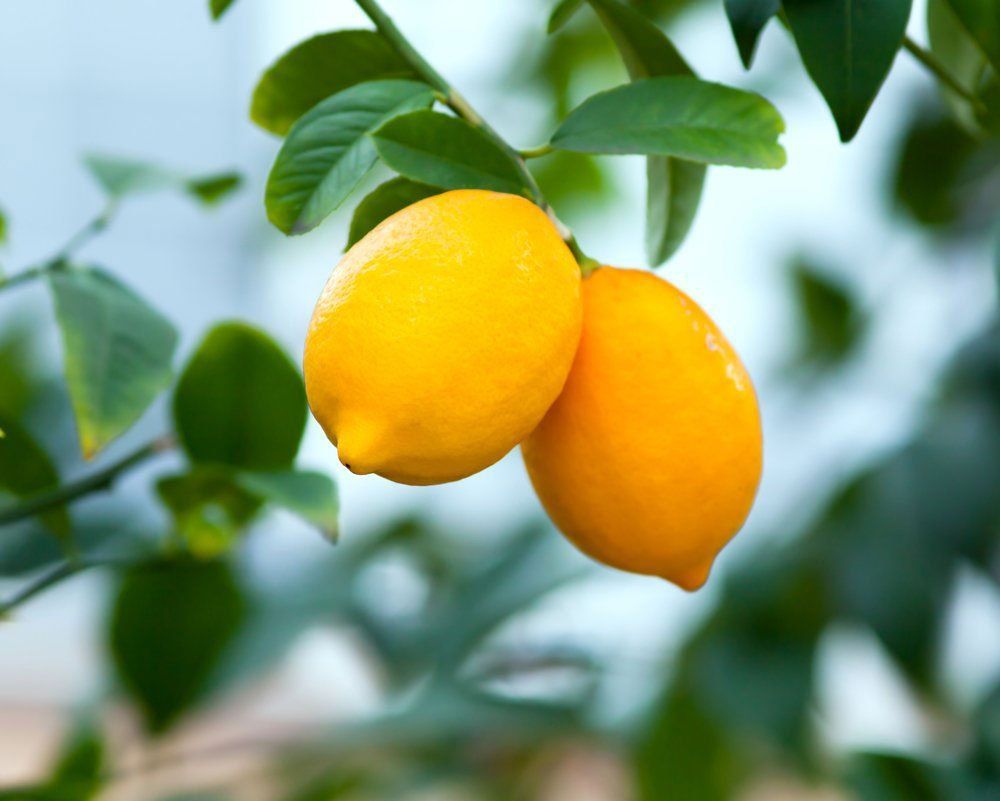When To Prune Lemon Trees: Your Citrus Tree Care Guide
Citrus trees are delightful additions to any garden with their colourful leaves and zingy fruit adding plenty of character. Having said this, it can be difficult to know how to properly look after them, including the vital process of pruning. In this citrus tree care guide, we explain when to prune lemon trees and provide some important information about caring for other citrus trees, including orange, grapefruit and lime.
When to prune lemon trees
Pruning lemon trees is vital because it enables the tree to direct energy to exactly where it is needed for growth. Getting rid of dead or damaged branches also makes more room for the fruit. Ideally, all varieties of lemon trees should be pruned after you have harvested the fruit from them, so in late winter to early spring. This is because it enables them to recover and start building up to their next growth for the new harvest.
How to prune citrus trees
Similar advice about when to prune lemon trees applies to other types of citrus trees too, although you could alternatively prune in late winter when the tree is beginning to flower after being dormant to encourage this growth. The important thing to remember for all citrus trees is not to prune them all over, as you may end up getting rid of fruiting sites.
Cut back a selection of the longest branches and tidy inner branches that cross each other. Prune any branches that are close to the soil to lift the lower canopy to about 1 metre above the ground. This helps to maintain airflow to the tree. Only prune to about 30 centimetres inside the line of the canopy you want to maintain.
How to feed citrus trees
Pruning is only one aspect of taking care of citrus trees. Feeding or fertilising is equally as important, but should be done at a different time. All citrus trees should be fertilised only during spring and summer, roughly about every 1 to 2 months. You can start to decrease this time as the tree gets older, but keep an eye on the tree. If it's looking healthy with lots of fruit and dark-green foliage, it does not need to be fertilised as often as one that drops unripe fruit or looks sparse.
There are plenty of specific citrus fertilisers on the market to choose from, but the important thing is that it has high acidity and is rich in micronutrients such as boron, iron, magnesium, and zinc.
What conditions do citrus trees like?
Citrus trees benefit from lots of sunlight and regular watering and drainage, so during the colder winters of New South Wales, you may need to keep them in pots and bring them indoors. The pot should be at least 400mm wide and 400mm deep.
For more information on pruning, you can read our guide to pruning fruit trees. For more tree help and advice,
contact Tallow Tree Services by calling us on
0401 208 797 today.





